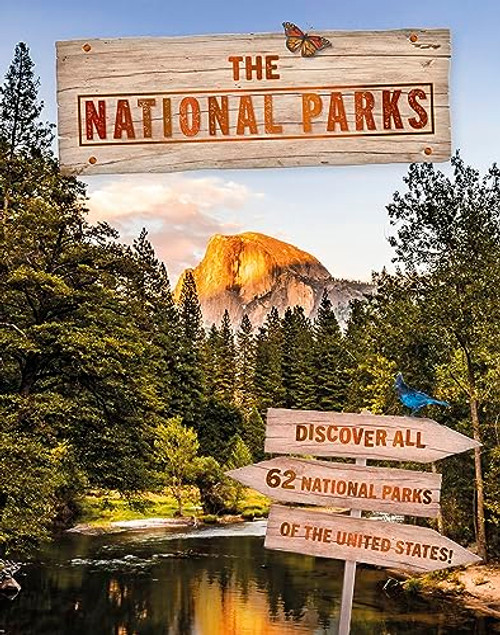At Bryce Canyon, differential erosion and weathering, and seeping groundwater have sculpted windows, arches, and other architectural oddities from the Claron formation. These features add visual excitement to the many scenic canyons that drain the eastern side of the Paunsaugunt Plateau.
Bryce Canyon National Park, in southern Utah, was first set aside as a national monument in 1923 to preserve an amphitheater of colorful pinnacles, spires, and walls, all carved by erosive weathering.










